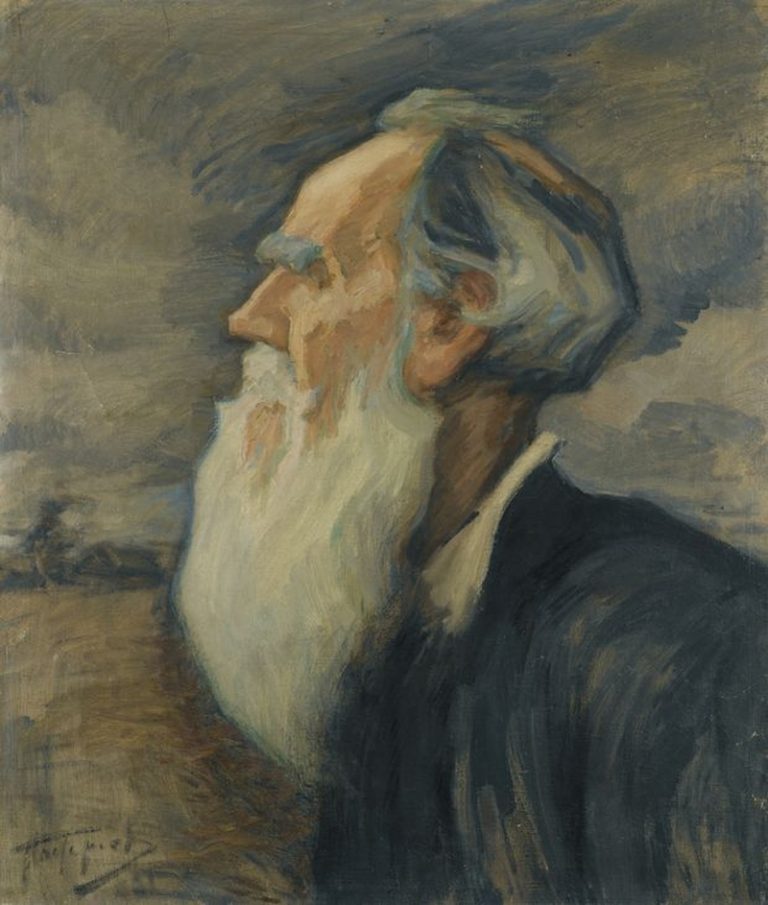Leo Tolstoy Archive
Written: 1904
Source: "Fables for Children," by Leo Tolstoy, translated from the original Russian and edited by leo Wiener, assistant Professor of Slavic Languages at Harvard University, published by Dana Estese Company, Boston, Edition De Luxe, limited to one thousand copies of which this is no. 411, copyright 1904, electrotyped and printed by C. H. Simonds and Co., Boston, Massachusetts, USA.
Transcription/Markup: Andy Carloff
Online Source: RevoltLib.com; 2021

Once I went with Milton to the chase. Near the forest he began to search. He straightened out his tail, pricked his ears, and began to sniff. I fixed the gun and followed him. I thought that he was looking for a partridge, hare, or pheasant. But Milton did not make for the forest, but for the field. I followed him and looked ahead of me. Suddenly I saw what he was searching for. In front of him was running a small turtle, of the size of a cap. Its bare, dark gray head on a long neck was stretched out like a pestle; the turtle in walking stretched its bare legs far out, and its back was all covered with bark.
When it saw the dog, it hid its legs and head and let itself down on the grass so that only its shell could be seen. Milton grabbed it and began to bite at it, but could not bite through it, because the turtle has just such a shell on its belly as it has on its back, and has only openings in front, at the back, and at the sides, where it puts forth its head, its legs, and its tail.
I took the turtle away from Milton, and tried to see how its back was painted, and what kind of a shell it had, and how it hid itself. When you hold it in your hands and look between the shell, you can see something black and alive inside, as though in a cellar. I threw away the turtle, and walked on, but Milton would not leave it, and carried it in his teeth behind me. Suddenly Milton whimpered and dropped it. The turtle had put forth its foot inside of his mouth, and had scratched it. That made him so angry that he began to bark; he grasped it once more and carried it behind me. I ordered Milton to throw it away, but he paid no attention to me. Then I took the turtle from him and threw it away. But he did not leave it. He hurriedly dug a hole near it; when the hole was dug, he threw the turtle into it and covered it up with dirt.
The turtles live on land and in the water, like snakes and frogs. They breed their young from eggs. These eggs they lay on the ground, and they do not hatch them, but the eggs burst themselves, like fish spawn, and the turtles crawl out of them. There are small turtles, not larger than a saucer, and large ones, seven feet in length and weighing seven hundredweights. The large turtles live in the sea.
One turtle lays in the spring hundreds of eggs. The turtle's shells are its ribs. Men and other animals have each rib separate, while the turtle's ribs are all grown together into a shell. But the main thing is that with all the animals the ribs are inside the flesh, while the turtle has the ribs on the outside, and the flesh beneath them.